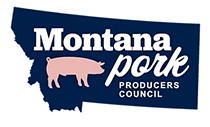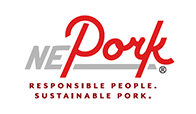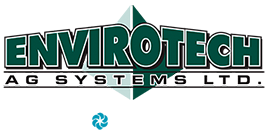The most common type of heating is a blower heater that uses propane or natural gas. These heaters are spaced throughout a barn to provide heat based on the barn’s location and average temperatures. In some cases, blower fans work alongside stir fans to promote even distribution of heated air.
Another heating option is hot water systems, which require a boiler and a series of water lines to circulate heated water to various distribution units, such as blower heaters or fin pipes. This method provides more consistent heating with a low risk of fire, but it requires a larger initial investment due to the boiler system and is best suited for a multi-stage setup with access to multiple barns and potentially other areas where the hot water system can be utilized as well.
Another option for heating is via hot water systems. This requires a boiler system and a series of water lines to circulate the heated water to various hot water distribution units such as blower heaters or fin pipe. This method does provide more consistent heating and low risk of fire but does require more of an initial investment due to the boiler system and is best used in a multi stage system that has access to multiple barns and possibly other areas where the hot water system can be used as well.
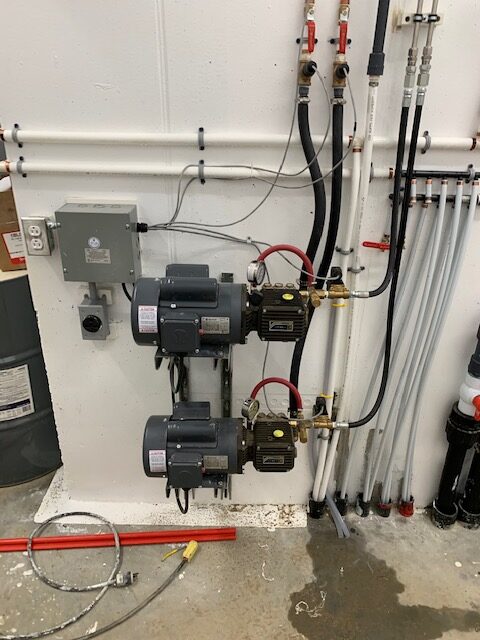
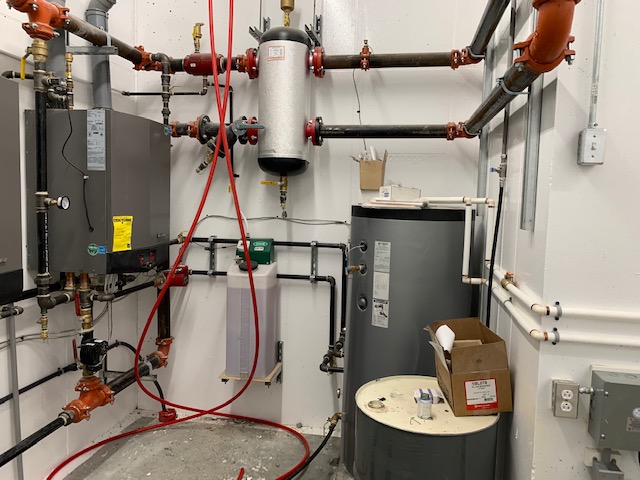
Cooling systems are vital but must be chosen carefully based on the barn’s region and typical weather patterns. The primary concept is to introduce moisture into the air, which then evaporates to create a cooling effect. The first method for achieving this is by using a sprinkler system or a drip water system connected to your controller. This system turns on for a set period to wet the pigs and then turns off. Another cooling option involves using cool cell pads. Cool cell pads are porous sheets designed to absorb water while allowing air to flow through, resulting in cooled air as it passes through. These cool pad systems use a water pump to circulate water continuously over the pads, ensuring proper cooling based on your controller’s settings.
